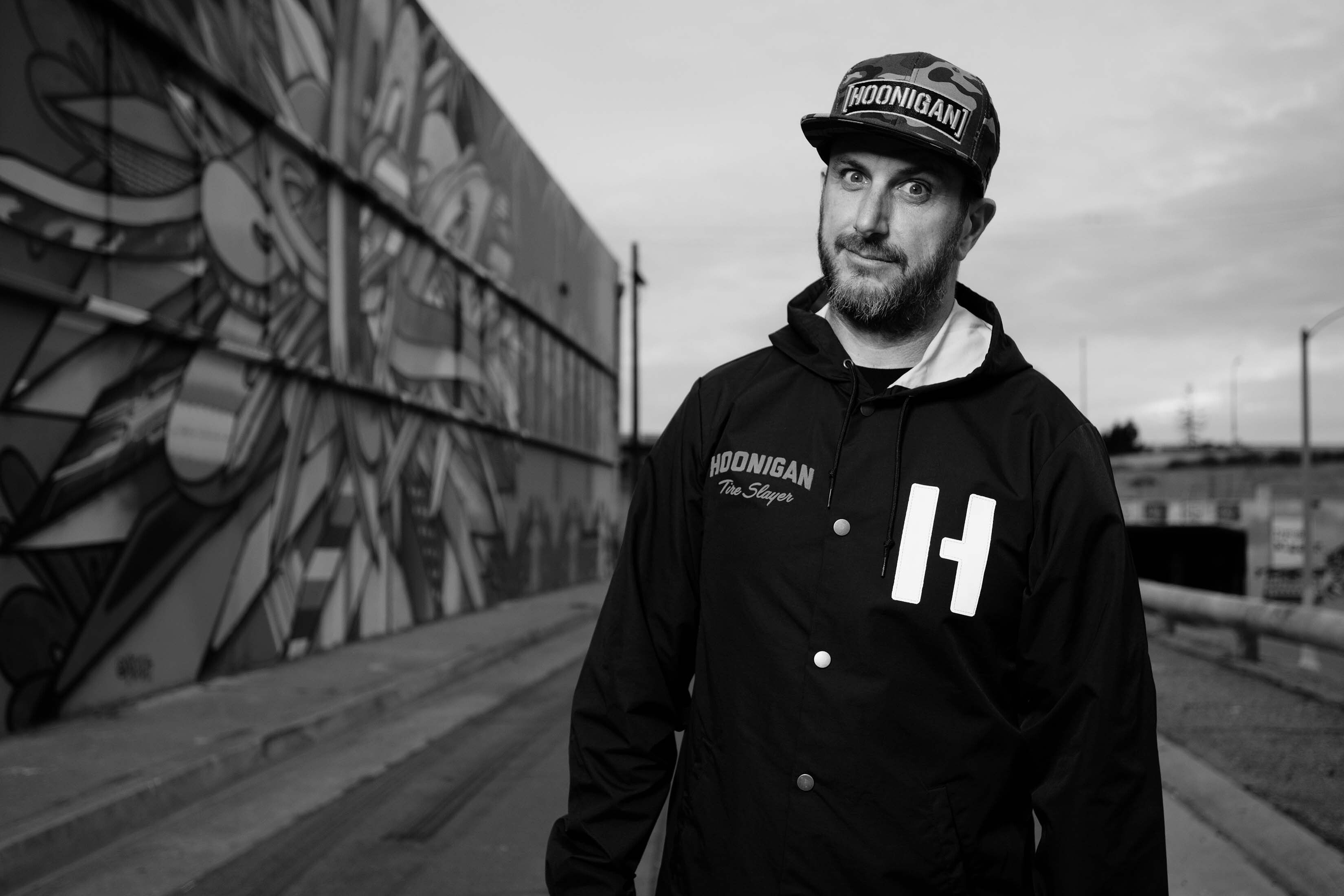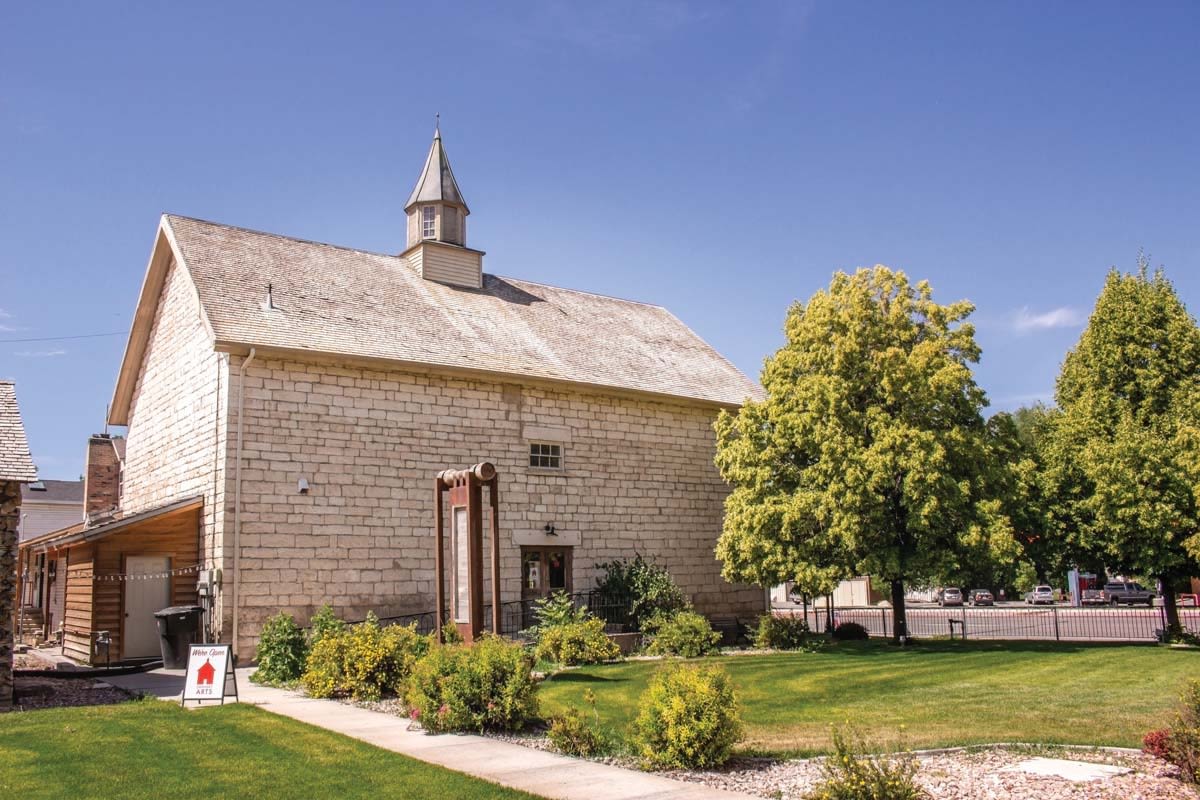Watts Up With Electric Bikes

Image: Lukas Ketner
I first spotted the couple ahead of me as I pedaled my bike up Royal Street last spring. The late-May breeze ruffled their pant hems and snowy hair as they steered their bikes around a switchback. They seemed in no hurry, so I assumed I’d catch up to them momentarily. But as I came around the corner they had just rounded, I was dumbfounded: I had not shortened the distance between us at all.
Eventually, when I did overtake them, I discovered, as I had thought, that they were probably 30 years my senior. And then, as I passed and gave them a breathless “how ya doin’?” I saw it: they were on electric bikes.
Unlike a moped or scooter, all that differentiates an electric bike—or e-bike—from a traditional model is a battery-powered assist. Pedaling is required to engage the motor on most models to a maximum speed of 20 mph. Riding one is a lot more like pedaling a traditional bike with a strong tailwind than it is riding a Vespa.
Though e-bike popularity in the US is still firmly in the emerging category (158,000 were sold in the US in 2014, versus 15 million traditional bikes), Jan Brussel opened Pedego Park City (1890 Bonanza Dr, 435.649.6663) in the summer of 2013, one of Utah’s first e-bike retailers. And in May 2014 Park City Municipal launched an eight-month pilot project to help formulate an e-bike usage ordinance.
It’s easy to assume that Park City’s hard-core athlete population would turn up their noses at the notion of a bike with a battery-powered assist. But in a community where social groups span generations and climbs are plentiful, the e-bike might just be the perfect marriage of recreation and utilitarianism. “People who ride e-bikes aren’t doing it purely for exercise,” Brussel says. “They do it to enjoy something they might not otherwise be able to and to get out of their cars.”
In fact, the e-bike’s transportation potential fueled, at least in part, the city’s decision to take a look at how they fit into the two-wheeled mix here well ahead of their popularity curve. “With a council hell-bent on addressing transportation issues, now is the time to take a look at how to manage e-bikes,” says Heinrich Deters, trails coordinator for Park City Municipal.
But while an e-bike may be the ideal mode of transport for, say, running to the market or a group ride up to Silver Lake Village for lunch, most stakeholders agree that they’re not appropriate for singletrack. “With e-bikes’ weight and because you’re going faster than you normally would be, your stop time is diminished. Keeping e-bikes off the trails is really a safety issue,” says Charlie Sturgis, executive director of the Mountain Trails Foundation. As such, the city is discouraging e-bike riding on anything but roadway bike lanes and designated multiuse pathways. (For a complete list, visit parkcity.org.)
So while the turf remains the domain of pedaling purists, get ready to share the pavement with a wider group of cyclists. And, as I learned, you may want to check your ego at the bottom of that climb.




































